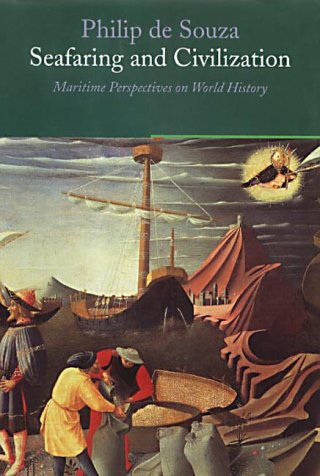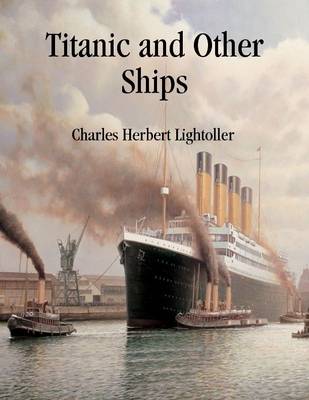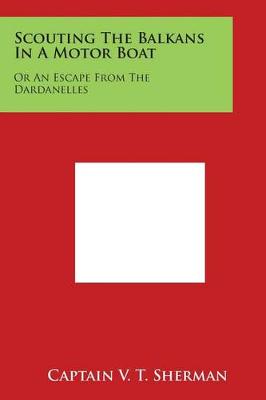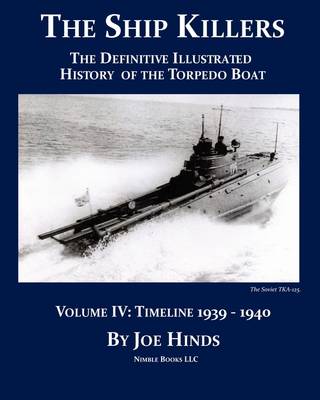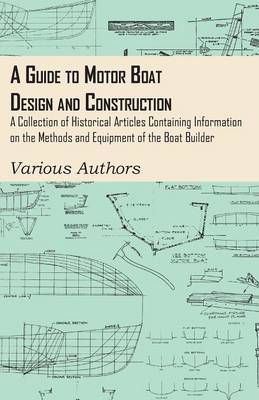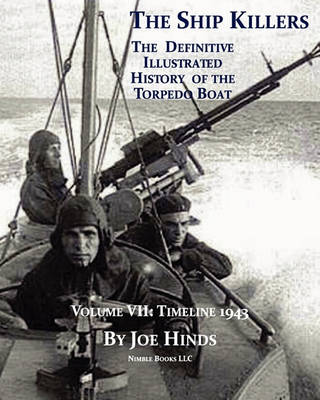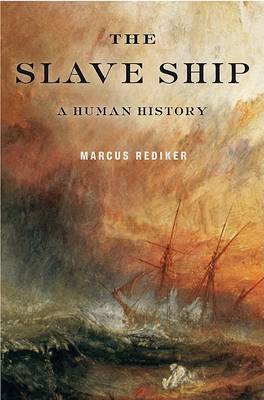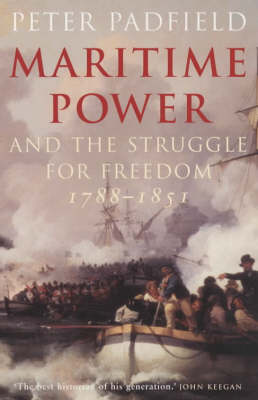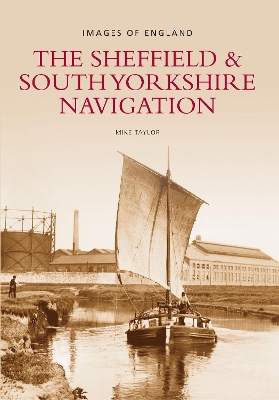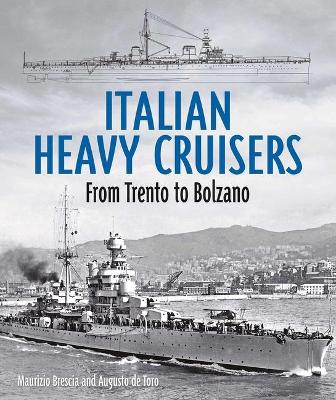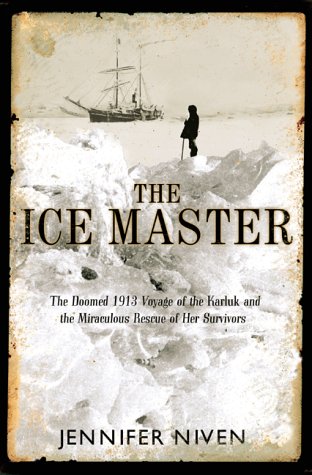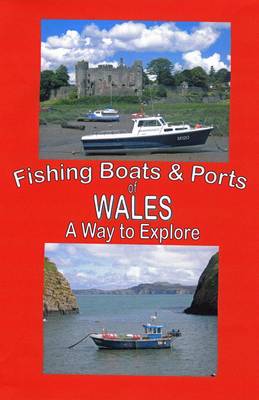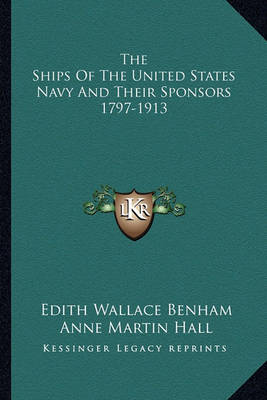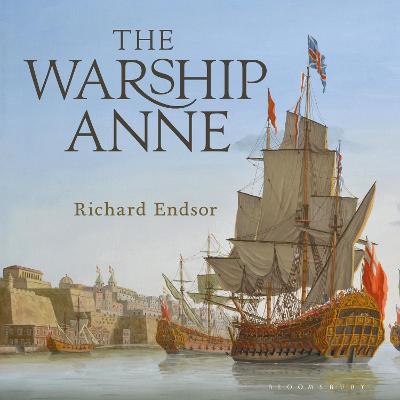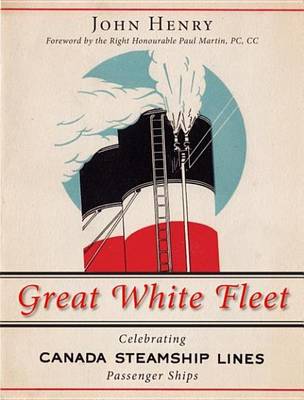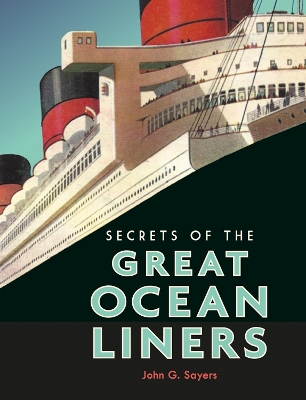Philip de Souza presents the history of the sea as a medium for the development and expansion of human society and 'civilization', viewing both the positive and negative impact. The narrative and argument is organized under the following broad heads: * Navigation - from 'log boats' to supertankers * Trade - wheat and the Ancient Greeks or slaves to the Americas * Maritime empires * Religion - whether the expansion of Buddhism or Christian missionary initiatives * Food and health * Environment
This account of the final voyage of the German "pocket battleship", the Graf Spee, appears in the 60th anniversary year of one of the most famous naval battles of WWII. For the first three months of the war, the Graf Spee eluded all attempts by the Allied navies to track her down and stop her attacks on merchant shipping. Finally she encountered the Royal navy's South Atlantic Squadron, the cruisers Ajax, Exeter and Achilles, off the mouth of the River Plate on 13 December 1939. The first major...
Titanic and Other Ships by Charles Herbert Lightoller. Charles Herbert Lightoller (1874-1952) was the second mate (second officer) on board the RMS Titanic, and the most senior officer to survive the Titanic disaster. Lightoller was decorated for gallantry as a naval officer in the First World War and later, in retirement, further distinguished himself in the Second World War by providing and sailing as a volunteer on one of the "little ships" during the perilous Dunkirk evacuation. This book de...
The Definitive Illustrated History of the Torpedo Boat -- Volume IV, 1939-1940 (The Ship Killers)
by Joe Hinds
The Definitive Illustrated History of the Torpedo Boat, Volume VII
by Joe Hinds
This book charts the epic struggle between Great Britain and revolutionary and Napoleonic France, revealing both the hidden forces beneath the surface of events and the strategies and battle tactics which ensured Britain the final victory. In Maritime Supremacy and the Opening of the Western Mind, Peter Padfield covered the rise of the Dutch to supreme naval and commercial power in the 17th century and their displacement by the British, followed by the 18th-century struggle between Great Britain...
The Sheffield and South Yorkshire Navigation linked industrial South Yorkshire, including Sheffield, Rotherham and Doncaster, with the ports of Hull and Goole. It played a major part in the export of coal from the many collieries in the region and the import of grain, timber, steel and more general cargo. From the improvements around Sheffield at the end of the nineteenth century, through neglect during the First World War, public ownership and the expensive modernisation scheme of the 1980s, as...
The Lion and the Eagle is a Trilogy describing how Britain and Germany, from being close allies during the Napoleonic wars, became steadily estranged once the newly formed German Empire, already the dominant military force in Europe, set out to challenge British maritime supremacy. It then follows the story through the events of the First World War to the final denouement in 1919, when the remnants of the Kaiser's High Seas Fleet scuttled themselves in Scapa Flow. This first volume, 'The Protago...
Drawing on previously unpublished letters of journals of crew members, their descendants and, astonishingly, interviews with survivors, Jennifer Niven's book is a riveting account of one of the most ambitious - and disastrous - Arctic expeditions ever mounted. It is a story about unlikely heroes and unexpected villains - humans reduced to their primal needs by the infinite power and mystery of nature... 'For more than 30 years I have been reading polar survival stories, but none so gripping and...
The Fishing Boats and Ports of Wales
by Stewart Lenton and Liz Lenton
If you go down to the shore at Hastings on the UK's south coast at low tide you will come upon an amazing sight. There, revealed by the receding waves are the remarkably complete mortal remains of a seventeenth century warship. The Anne was launched in 1678 and was lost in 1690 at the battle of Beachy Head. As she lay beached, she was torched to prevent her from falling into enemy hands. Today the wreck is owned by the Shipwreck Museum at Hastings and in the past few years there have been some i...
A richly illustrated story from the glory days of passenger travel on the Great Lakes. For decades Canada Steamship Lines proclaimed itself as the world's largest transportation company operating on inland waters. Its passenger and freight vessels could be found on the Great Lakes as far west as Duluth, Minnesota, and as far east as the Lower St. Lawrence River. The passenger steamers were known collectively as the Great White Fleet. These ships - from day-excursion vessels to well-appointed...
Before the advent of commercial transatlantic flights in the early 1950s, the only way to travel between continents was by sea. In the golden age of ocean liners, between the late nineteenth century and the Second World War, shipping companies ensured their vessels were a home away from home, providing entertainment, dining, sleeping quarters and smoking lounges to accommodate passengers of all ages and budgets, for voyages that could last as long as three months. Secrets of the Great Ocean Lin...
The Recollections of a Guernsey Sailor (Channel Island Monographs, #4)
by Thomas Guilbert

